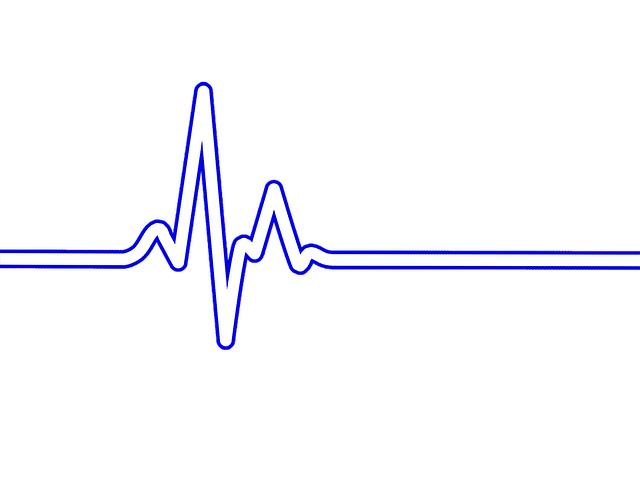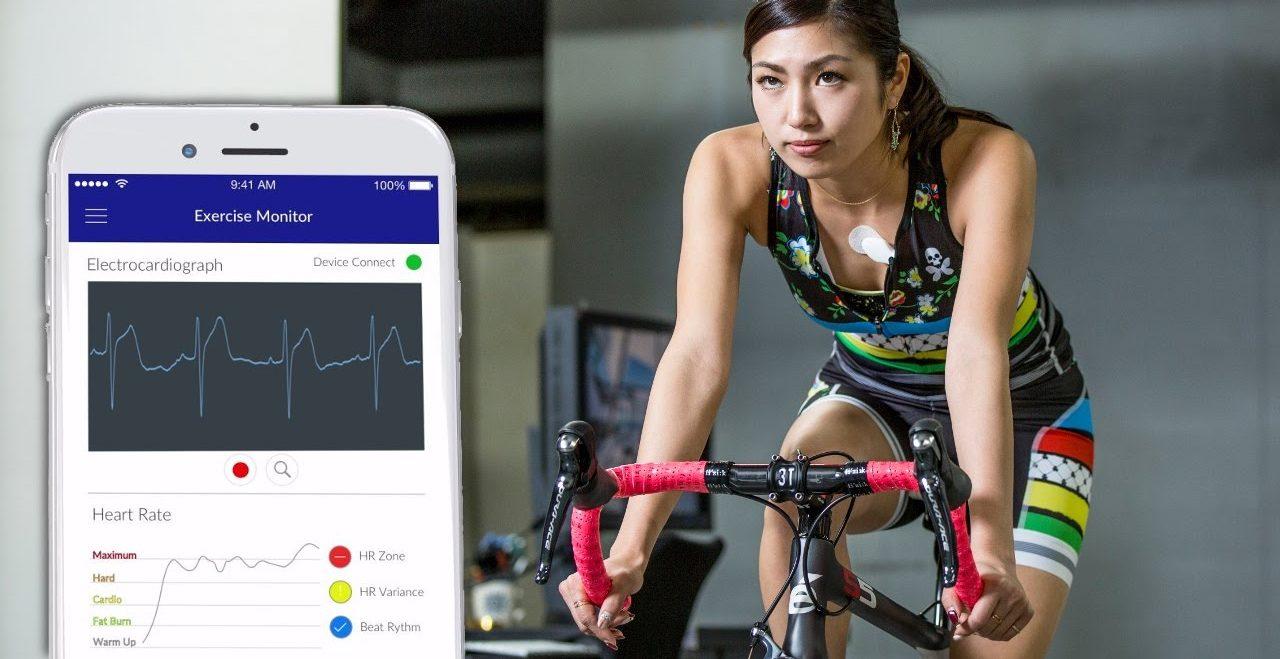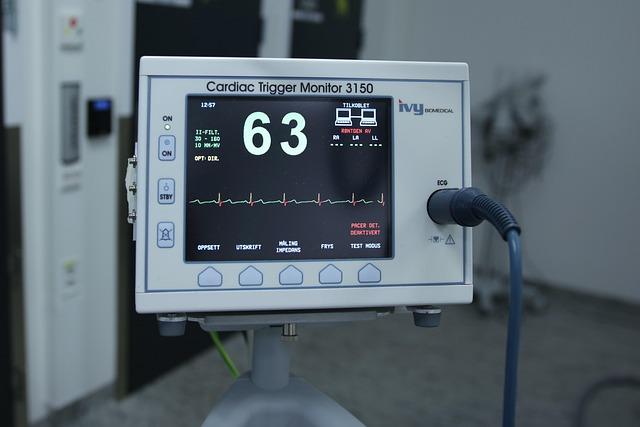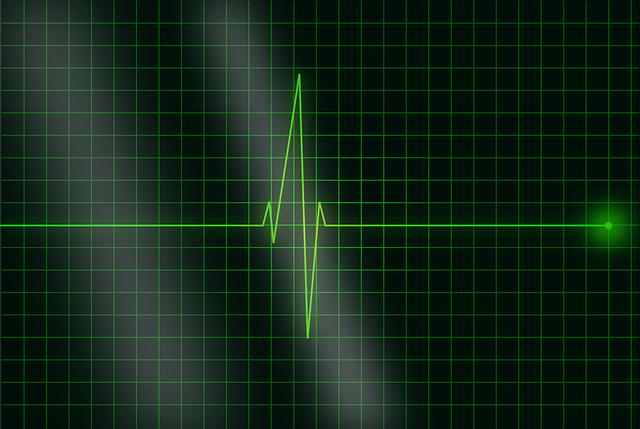In an era where health technology is becoming increasingly integrated into our daily lives, wearable ECG monitors are emerging as vital tools for managing heart health.With the ability to continuously track heart rhythms and detect anomalies in real-time, these devices promise a new level of accessibility and convenience for patients and healthcare professionals alike. However, as their popularity grows, so too does the question of their reliability. How do these consumer-amiable gadgets stack up against customary hospital-grade equipment known for its precision and accuracy? In this article, we delve into the intricate world of wearable ECG monitors, exploring the rigorous testing methods that benchmark their performance against their clinical counterparts, and uncovering insights that coudl shape the future of personal health monitoring. Join us as we examine the delicate balance between innovation and accuracy in a field where every heartbeat counts.
Evaluating Wearable ECG Monitors: A comparative Approach to Accuracy
In the quest to determine the reliability of wearable ECG monitors, a comparative analysis with hospital-grade equipment is essential. Accuracy in heart rate monitoring and rhythm detection is paramount for users who depend on these devices for health insights. This evaluation involves numerous factors including sensor technology, signal quality, and user demographics which can influence results considerably. Key aspects to consider when evaluating these monitors include:
- Environmental Conditions: The presence of noise and motion can affect readings.
- User Positioning: The proper placement of devices on the body is crucial for accurate data capture.
- Data Review Period: Longer monitoring periods may yield different results compared to shorter assessments.
In a controlled study comparing several wearable ECG devices with traditional hospital equipment, a focus on both sensitivity and specificity yielded insightful results. The following table summarizes the performance metrics of various monitors:
| Device | Sensitivity (%) | Specificity (%) | Notes |
|---|---|---|---|
| Device A | 92 | 87 | Great for detecting arrhythmias |
| Device B | 88 | 90 | Reliable for continuous monitoring |
| Device C | 85 | 86 | best for casual users |
The results highlight that while some wearables come remarkably close to the performance of hospital-grade equipment,there is still variability among different brands and models. understanding these differences empowers consumers in making informed choices tailored to their individual health monitoring needs.

understanding the technology Behind Wearable Devices and Hospital-Grade Equipment
Wearable ECG monitors have surged in popularity due to their convenience and potential benefits for continuous health monitoring outside the clinical setting. These devices utilize advanced technology to capture the electrical activity of the heart, providing real-time data that can be crucial for early diagnosis and management of cardiovascular diseases. Unlike traditional hospital-grade equipment, which often relies on bulky machinery and clinical setups, wearables seamlessly integrate into everyday life. Key features that enhance their functionality include:
- Miniaturized sensors that accurately detect heart rhythms.
- Bluetooth connectivity for easy data transfer to smartphones.
- Long battery life enabling continuous usage.
The technical foundation of these devices is built on intricate algorithms that analyze heart rate variability and rhythm patterns. These algorithms are designed to be as accurate and sensitive as their hospital-grade counterparts, making them a promising adjunct to traditional monitoring methods. Critical differences between wearable devices and hospital-grade equipment can further be illustrated in the following table:
| Feature | Wearable ECG Monitors | Hospital-Grade equipment |
|---|---|---|
| Portability | Highly portable, user-friendly | typically stationary, large-sized |
| Ease of use | Simple interface, low learning curve | Requires trained personnel for operation |
| Data accessibility | Instant access via apps | Limited to in-hospital analysis |
As technology evolves, the accuracy and reliability of wearable devices continue to improve, often rivaling that of traditional hospital-grade equipment. With ongoing advancements in sensor technology and machine learning,future iterations of these monitors are poised to offer even greater precision in heart health monitoring. Additionally, the integration of telemedicine practices allows for seamless communication between patients and healthcare providers, enabling timely interventions based on data collected from wearables.

Key Findings from Accuracy Tests: Implications for patient Care
The accuracy tests conducted on wearable ECG monitors reveal several significant findings that have profound implications for patient care. Key insights from these studies indicate that while these devices offer remarkable convenience and continuous monitoring capabilities, their accuracy can vary under different conditions. Factors such as motion artifacts, skin contact, and electrode placement play crucial roles in the effectiveness of these monitors. Consequently, healthcare providers must engage in thorough patient education to maximize the reliability of data collected, which could include guidance on proper usage and maintenance of the monitors.
Furthermore, the implications of these accuracy tests extend to clinical decision-making and telemedicine practices. As practitioners increasingly rely on remote monitoring devices,ensuring their efficacy is paramount to patient safety and treatment outcomes. A comparative analysis of accuracy levels shows that, in stable conditions, wearable monitors perform comparably to hospital-grade equipment, but may lag in more dynamic environments.To illustrate these findings clearly, the following table summarizes the performance metrics observed:
| Device Type | Accuracy rate (%) | Conditions Tested |
|---|---|---|
| Hospital-Grade ECG | 98 | Resting, Motion-Free |
| Wearable ECG Monitor | 90 | Moving, Daily Activities |
| Wearable ECG Monitor | 85 | during Exercise |
as the healthcare landscape increasingly incorporates wearable technology, it becomes critical to interpret their readings with caution, particularly in acute circumstances or during high variability activities. The effective integration of wearable ECG data into patient management plans may not only enhance patient engagement and empowerment but also require ongoing validation against traditional clinical standards to ensure optimal care outcomes.

Recommendations for selecting and Using Wearable ECG Monitors in Clinical Settings
When selecting wearable ECG monitors for clinical settings, it is essential to consider several factors to ensure reliability and effectiveness.First, focus on accuracy by comparing the monitor’s performance against hospital-grade equipment through rigorous testing. Look for devices that have undergone peer-reviewed studies and possess certifications from established medical organizations. Additionally, assess the usability of the device; features such as easy submission, comfort, and user-friendly interfaces can significantly enhance patient compliance and the quality of data collected.
Once a suitable ECG monitor has been chosen, its implementation in clinical practice requires careful planning. Provide extensive training for healthcare staff to familiarize them with the device and its features. It is also crucial to establish a clear protocol for data interpretation and integration into the patient’s medical records. Moreover, regular maintenance and calibration of the devices should be performed to ensure ongoing accuracy. Here are some quick points to keep in mind:
- Check compatibility with existing hospital systems.
- Review patient feedback for usability insights.
- Monitor device performance over time to detect any issues.
- Incorporate patient education on how to use the device effectively.
Wrapping Up
the advent of wearable ECG monitors heralds a transformative era in cardiac health monitoring. Through rigorous accuracy testing against hospital-grade equipment,we have gained valuable insights into the potential and limitations of these innovative devices. While the convenience and accessibility of wearables could revolutionize early detection and continuous monitoring, it is crucial for users and healthcare providers alike to understand how these monitors hold up in the face of clinical standards. As technology continues to evolve,ongoing research and development will be essential in ensuring that wearable ECG monitors not only complement existing medical practices but also safeguard the heartbeat of countless individuals. The future of personal health is indeed on our wrists, and it is indeed an exciting journey worth navigating together.






